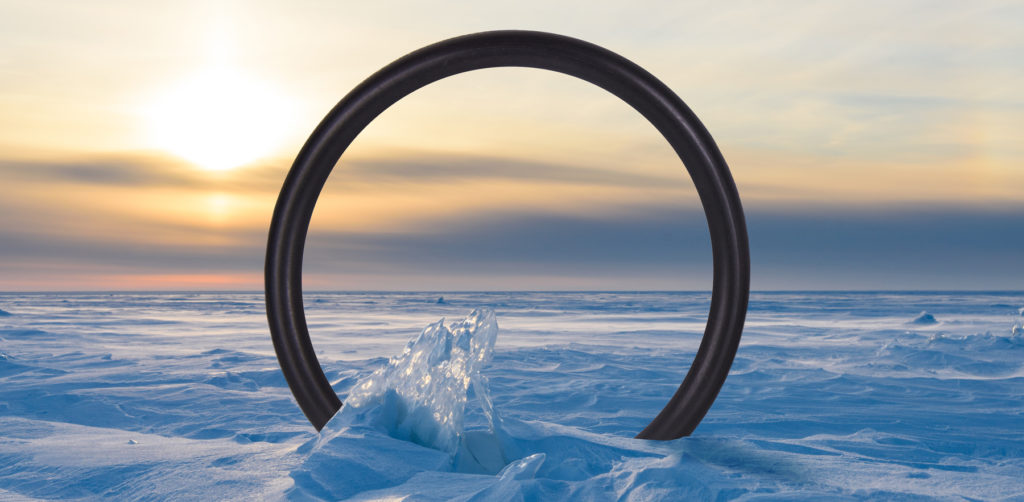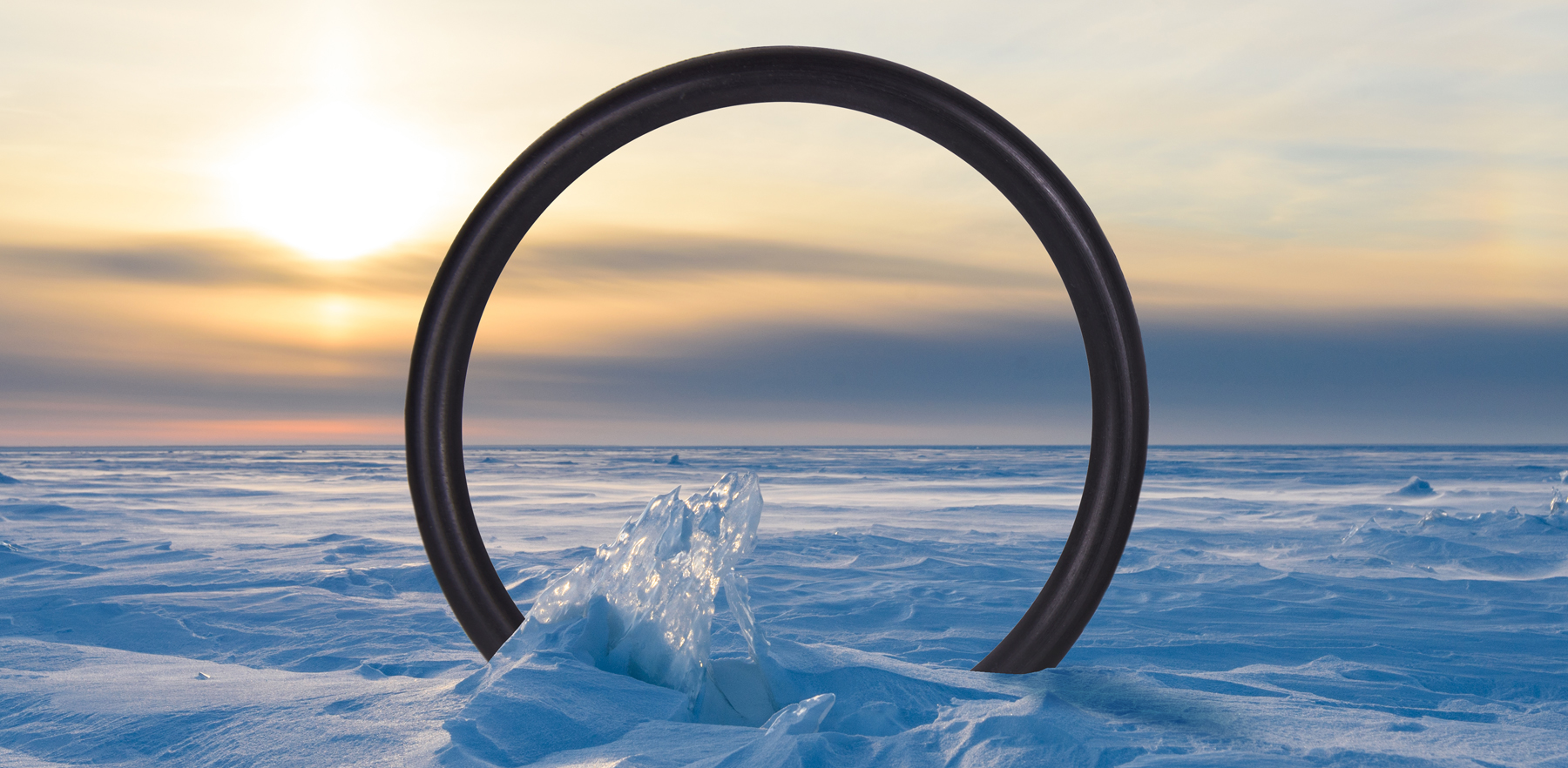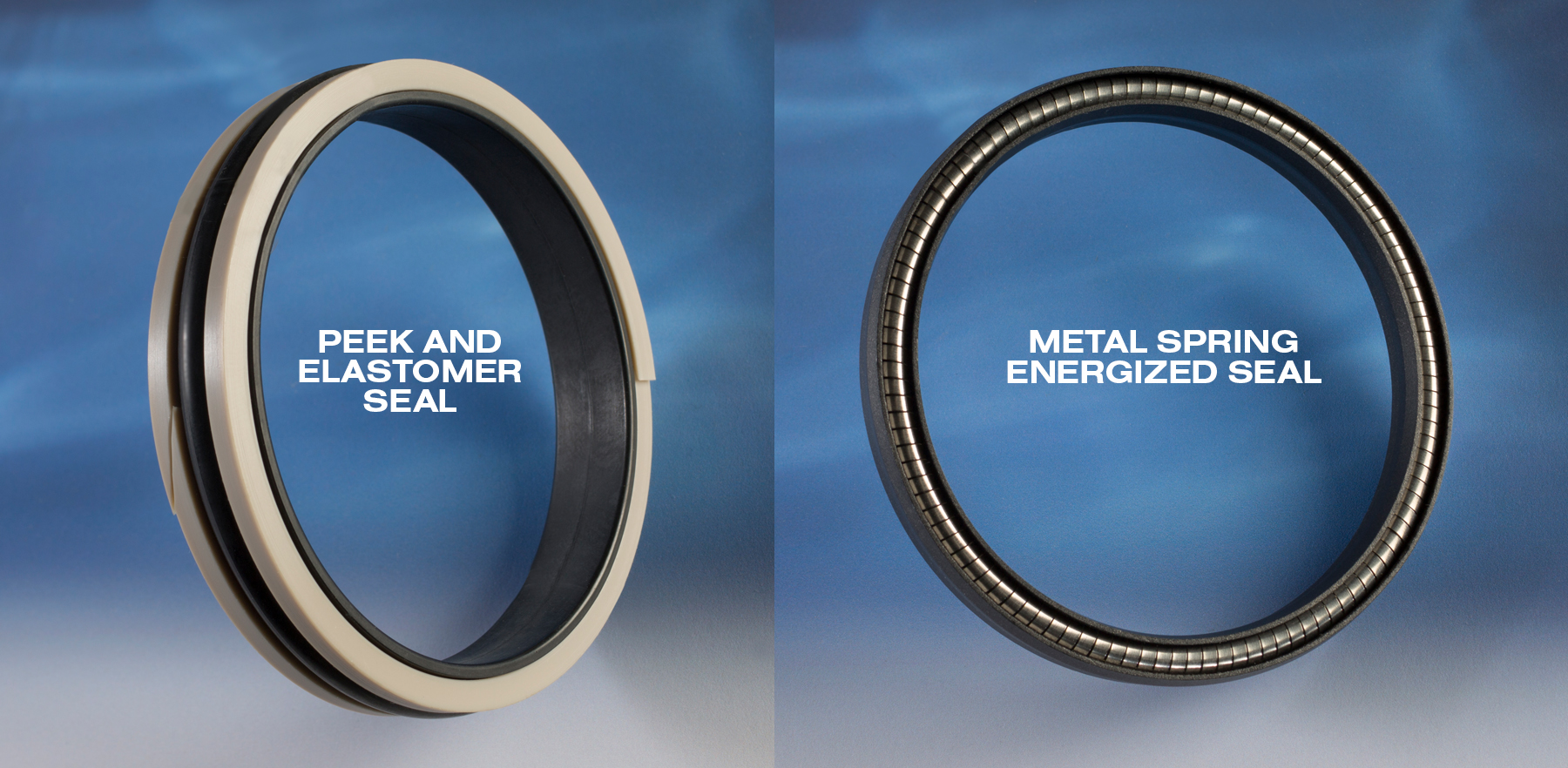Brrr! What Happens to Seals at Low Temperatures?

Low-temperature applications — critical to several industries from oil and gas exploration and chemical processing to aerospace – can be very unkind to seals. The good news is that you can prevent seal failure in cold environments by choosing the right combination of materials, design, and testing. “The sealing industry provides seals for automobiles, trucks, ships, and trains that do not leak in northern Alaska and effectively seal fuels in planes at temperatures of -54°C or below,” writes Ronald R. Campbell, Technology Manager at Greene Tweed in a recent article in the Rubber World magazine.

This article compares the low-temperature properties of various elastomers and plastics and elaborates on common tests and standards used to evaluate the properties and reliability of seals in cold temperatures. Campbell lists several elastomers that offer reliable and effective performance at very low temperatures and extend viable solutions to operate in the most hostile environments. He also explains some of the polymer chemistry behind the improved low-temperature performance of HNBR, FKM, and FFKM elastomers.
Noting the considerable progress made in low-temperature sealing using elastomers, Campbell says that some low-temperature applications still go beyond the sealing capabilities of currently available elastomers. He recommends PAEK/PEEK polymers and says, “Greene Tweed has been manufacturing and selling PEEK products since the polymer was introduced to the market in the early 1980s, so the company knows which specific vendors, grades, and processes can result in optimal properties for these applications.
He goes on to recommend metal spring energized (MSE) seals for extreme sealing conditions through the inclusion of specific grades of cryogenic plastics with good low-temperature elastomers or metal springs to energize the seals. “With the proper design and proper material selection, the MSE can cover extremely wide temperatures and pressures seen in these critical sealing requirements, from cryogenic service temperatures to very hot air or super-heated steam,” he explains, “For example, Greene, Tweed has designed and built a hydrogen gas valve stem seal that handles pure hydrogen for truck (trailer) transfer valves with pressures between 80 and 700 bar, and operates from -40°C to 70°C. That stem seal design solved a previous seal design that had excessive leaks. That case study used modified GT Avalon 56 PTFE and Arlon 100.”

Effective low temperature sealing solutions that don’t leak are possible, but not easy. “[These] require a complete team approach partnering with the end-use customer to ensure the correct elastomer or plastic is paired with the correct design. Then the part must be correctly manufactured, inspected, and appropriately tested to prove leak-free service. New requirements for some of the hydrogen seals include thousands of pressure cycles before approval of valves and compounds,” he adds.
(Republished with the permission of Rubber World (August 2022, Volume 206, Number 5)
You May Also Like:
Four Sealing Trends to Watch in 2022 and Beyond
Chill Out! This Seal Material Passes Extreme Temperature Test with Flying Colors